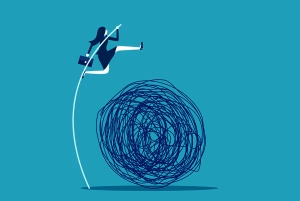
It is often said that the art/science of NLP could have been designed for use in sport!
Think about the differences between first and second. In the 2016 100m Olympics final there were just 8 tenths of a second between Usain Bolt’s world record first place and Justin Catlin in second. That’s less time than it took you to read this sentence!

All of these things are to do with mind-set and mental attitude, and that’s where NLP comes in.
NLP is the coaching tool of choice now for professional sports people because it is a fast way of making large improvements to performance.
An example of how the application of NLP in sport can make such a big difference to performance.
So if we elicit all the strategies for every component of their game we will end up with about 50 strategies.
Now we have a set of strategies that the golfer employs across their game and it makes it fairly simple to identify if something stands out as being a bit different. A pro golfer will be looking for consistency, after all they are looking for every shot to be perfect after all.
However, if they are having a problem in a particular area of their game, say their short game, what is normally the case is that the sequence of strategies that they are running for their short game is different from all the other elements of their game that are working well.
Hence we look for the anomaly, the strategy that is different, and utilising a strategy installation technique, we change that strategy resulting in an instant improvement to that element.
In addition to this, we can work with our golfer’s beliefs and values since both of these run the behaviour or physiology of the client and we can align that part of their thinking to the results that they want.














